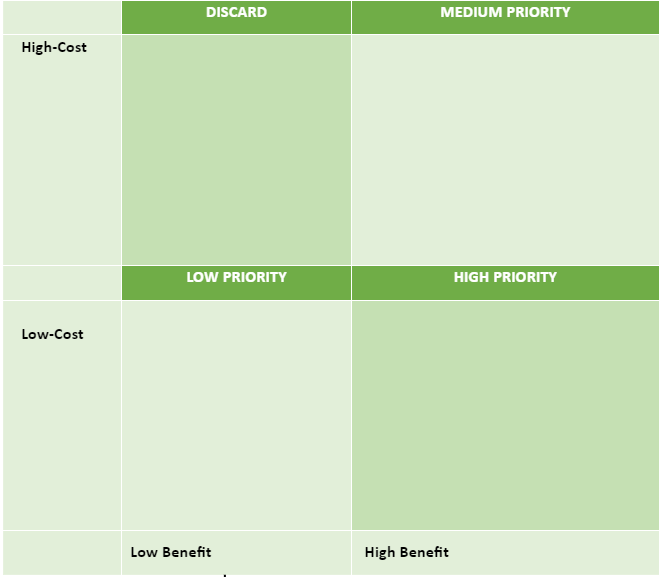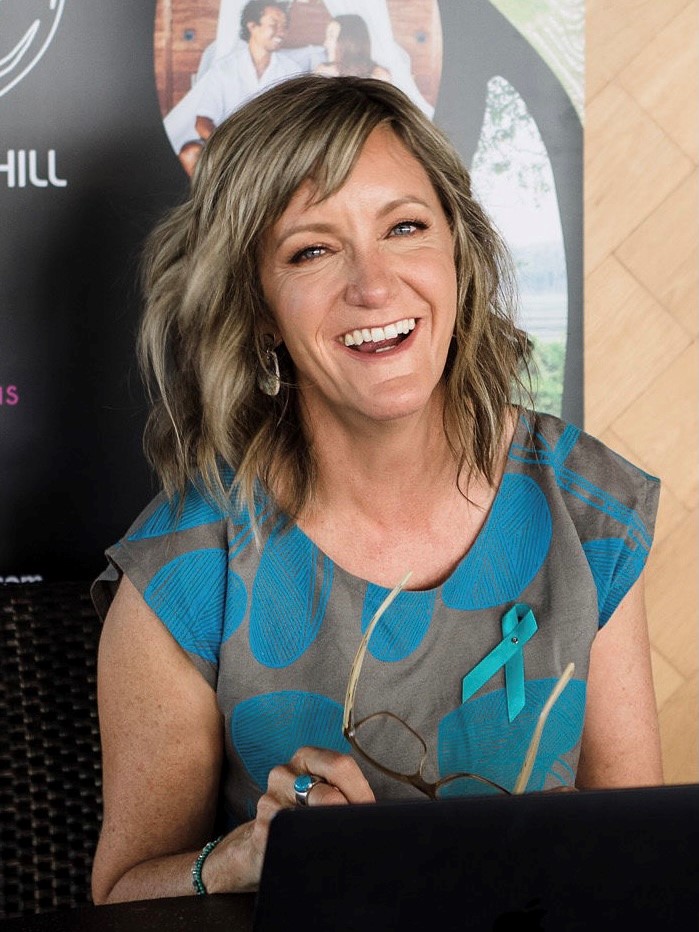At heart, I’m something of a tree hugger, and throughout my business life green elements of sustainability have woven their way into the work I do and the business mentoring support I’ve provided to hundreds of budding entrepreneurs in a wide spectrum of industries.
It was no surprise to me then to learn that when it comes to women in business it’s not always about the money. My own personal experience and scores of research confirm that female entrepreneurs tend to have a stronger desire to create something meaningful and have a positive impact on the world with initiatives that influence social and environmental change – all goals of a sustainable business strategy.
However, creating clear and attainable sustainability goals and acting upon them, all whilst driving financial success can be a daunting prospect for any small business owner.
So, let me guide you through five strategies to get your sustainability juices flowing and explore how taking a triple bottom line approach can drive business success while playing a part to make the world a better place.
First, let’s explore business sustainability from a triple bottom line perspective.
What is the triple bottom line?
The triple bottom line (TBL) is a business concept where enterprises commit to measuring their social and environmental impact in addition to financial performance. It can be broken down into “three Ps” of profit, people, and planet.
People is all about the societal impact a business has and its commitment to people including employees, families, customers, suppliers, and communities.
Planet involves the positive impact a business has on its natural environment including reducing its carbon footprint, the active removal of waste, reforestation and restoration of natural harm done, for example.
Profit includes the impact a business has on local, national, and international economies. This includes creating employment, generating innovation, paying taxes and creating financial returns.
In the past many business goals started and ended purely with profit, however now adopting sustainability initiatives can be a key driver for business success and innovative businesses have shown that it is indeed possible to do well by doing good.
FIVE SUSTAINABILITY STRATEGIES
Any business can bring sustainable elements into their operations, but careful planning is the key to success along with understanding and evaluating the impacts that initiatives can have on the TBL, both positive and negative.
1. Brainstorm sustainability initiatives
- Minimise using materials: create electronic documents rather than printing and email promotional material instead of posting a hard copy. I have personally switched to using digital business cards which are great when you have more than one business on the go.
- Reduce waste: get printer cartridges refilled not replaced and have reusable keep cups for your morning tea or coffee. My ecotourism venture Clove Tree Hill supplies hiking bags with refillable water bottles to guests for trekking.
- Recycle: Work out what items in your business can be recycled or reused – check how local councils or other waste recycling businesses in your community can support you and set up recycle bins where you will easily use them.
- Turn it off: switch off lights, computers, and other appliances at the power point when not in use. This will reduce power bills and your devices will last longer.
- Buy green: Develop a sustainable supply policy and create a supply chain of green products and services. This can be as simple as asking printers to use recycled paper or even sourcing toilet paper for the office made from sustainable materials. Check out the Australian business Who Gives Crap as a terrific example of not only sustainable material use but also making a difference through donating profits to help improve sanitation in the developing world.
- Partner with community or charity groups: there are so many opportunities to make a positive impact in your community by donating time, money, products or services. Partnering with organisations such as One Tree Planted, for example, make it simple for anyone to help the environment by planting trees. A construction company that I support collect recyclable containers for a local charity that receives 10c per bottle – it was a staff member who came up with the idea, and now all the team bring in containers from home to donate.
2. Make note of resources needed
Now that you have a register of sustainable initiatives it’s time to start working out the resources you will need to implement your ideas. Here are some real-life examples from a business I’ve been working with:
# | INITIATIVE | RESOURCES NEEDED |
1 | Create a company Sustainability Strategy and incentivise all staff to participate in reduction and recycling of waste. Track through register with aim of reducing waste by 50% in 12 months and 80% in 2 years | – Strategy & tracking register – Staff incentive plan |
2 | Carpool a company vehicle to share between office-based staff | – Reallocate existing vehicle – Set up vehicle booking system |
3 | Provide a hot-desk in vacant office rooms for other local small businesses to use | – Fit out with office furniture – Set up hot-desk booking system |
3. Cost-Benefit Analysis
The next step is to consider the costs and benefits of each initiative. Costs may not just be financial but can also include the effort or time required. Benefits may also be intangible such as improved work culture or increase buy-in from engaged customers that share the same values.
The idea is to plot these out in a simple matrix – the initiatives with higher benefits plotting towards the right and those with higher costs going towards the top.

4. Prioritise your initiatives
Now that you have plotted your initiatives you can work out their priority level. High benefit /Low-cost initiatives can be easily put into action while Low benefit/High-cost ideas may be discarded. If you have multiple initiatives in the same order of priority, make a judgement call to determine their importance to you and your business.
5. Plan your next steps
Initiatives will only ever remain a great idea unless they are put into action so now it’s time to plan the steps, one by one, required to bring them to life and execute them. Start by tackling your High Priority initiatives first and get some runs on your sustainability board!
As a final tip, track the impact of your initiatives over time with financial, operational and/or strategic metrics. You will want to know that your efforts are actually making a difference to your TBL and measures, or reviews can help you to tweak and improve your ideas. Plus it gives you an opportunity to share your amazing impactful business success backed up with evidence! Most importantly, it’s a chance to celebrate going green and doing your part to make a positive difference to people, the planet and profit.
“Unless someone like you cares a whole awful lot, nothing is going to get better. It’s not.” – Dr Seuss, The Lorax
Wishing you every success on your sustainable business journey!
More About Eileen Breen
Eileen Breen is a serial entrepreneur, passionate about sustainable business and thriving on the challenge of being a part of creating new enterprise and projects. Eileen is committed to helping others in her community to succeed in their business endeavours and playing an active role to improve the situation of aspiring entrepreneurs through coaching and mentoring.
She has worked in a diverse range of industries over the past 30 years and has been instrumental in the creation and development of numerous enterprises during this time, including successful businesses of her own. Currently, her focus is on developing circular economy strategies for the construction industry in the Northern Territory of Australia and operating her ecotourism venture in Bali.




